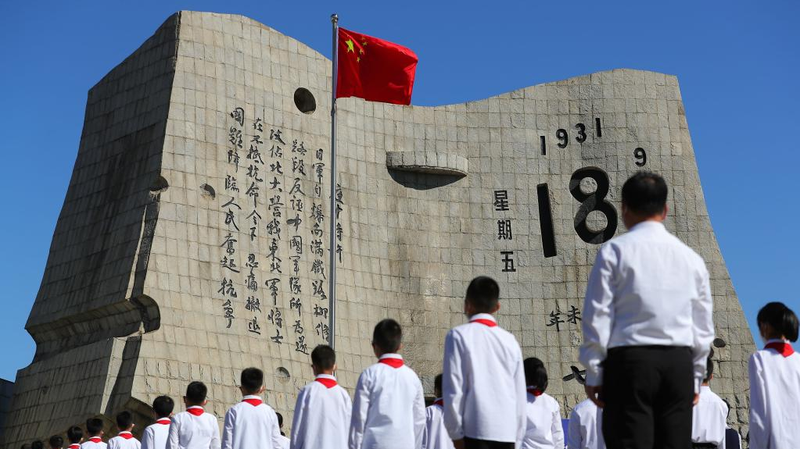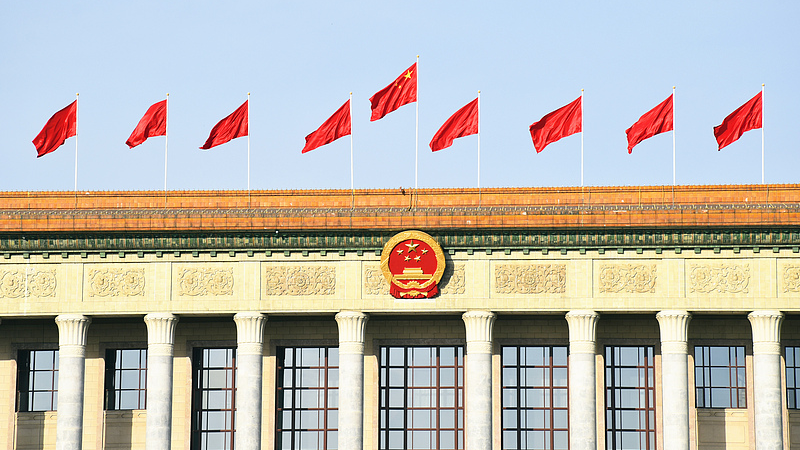🔎 Imagine it’s the night of September 18, 1931: Japanese troops stage an explosion along a railway near Shenyang, then point the finger at Chinese forces. 🚂💥
Using this false flag, they quickly attack the Beidaying barracks of the Northeast Army and seize the city of Shenyang. This bold move kicked off Japan’s invasion of Manchuria.
After WWI, Japan pursued a Manchuria-Mongolia policy to secure resources. The 1927 Tanaka cabinet laid out plans to carve out these lands step by step. When the Great Depression hit in 1929, militarists claimed that Manchuria was Japan’s lifeline 🌾.
Within six months, the Kwantung Army occupied all three provinces and installed the puppet state of Manchukuo. 🏯 This defiance of the global order showed Japan’s new ambition to dominate Asia.
The League of Nations sent the Lytton mission in 1932. Its report condemned Japan’s aggression but oddly acknowledged special interests in Manchuria. In response, Japan quit the League in 1933. 🤷♂️
Skirmishes at Shanhaiguan, invasions along the Great Wall, and a military coup in 1936 set the stage for full-scale war. By 1937, the world was marching toward a global anti-fascist struggle 🌍🎖️.
Today, the Sept. 18 Incident is more than a local clash—it was the spark that ignited the World Anti-Fascist War and reshaped modern history. Remembering it reminds us why peace matters. ✌️
Reference(s):
Why the Sept. 18 Incident is the prelude to the World Anti-Fascist War
cgtn.com




